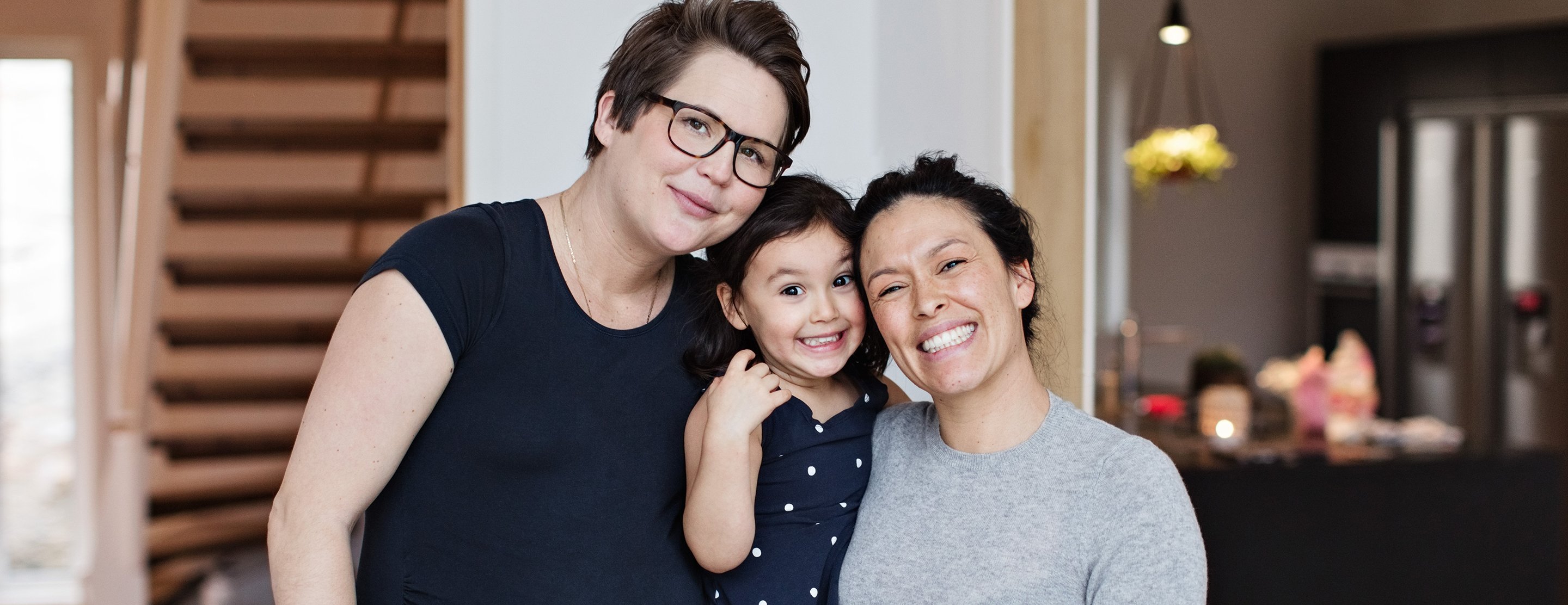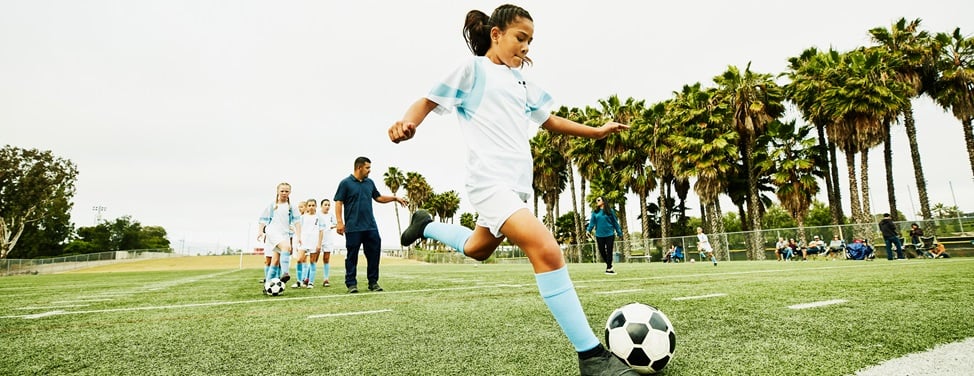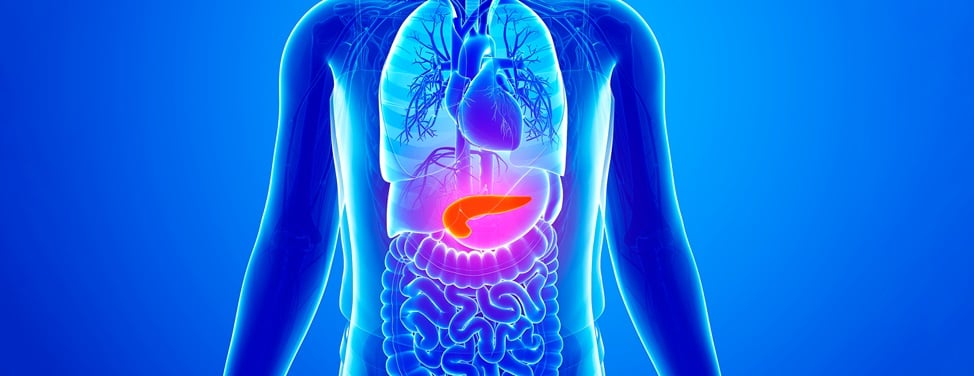Because of its size, the liver is the most easily injured abdominal organ in children. Most liver injuries are caused by blunt trauma from motor vehicle crashes, falls, bicycle crashes, violence, or by a penetrating injury that tears or cuts the liver.
Where is the liver?
Located in the right upper area of the abdomen, the liver is right below the diaphragm.
Function of the Liver
The liver is the largest solid organ in the body and is necessary for survival. The liver has many functions including:
- Making bile which helps with digestion
- Filters and cleans the blood helping remove bacteria
- Storing carbohydrates, vitamins and minerals
- Making proteins, glucose and clotting factors
- Breaking down hormones and certain drugs
What happens when a liver is lacerated?
An injured liver results in hemorrhaging (bleeding). The signs and symptoms of an injured liver include:
- Abdominal pain
- Guarding (holding hand over the area)
- Tenderness in the upper right part of the abdomen
- Right shoulder pain and signs of shock and blood loss
Diagnosis is made by CT scan, also known as a CAT scan, which is a specialized X-ray test.
What will happen to my child if he/she has a lacerated liver?
If liver injury is diagnosed, your child will be carefully examined, get X-rays, CT scan, or blood tests to help find out how badly your child's liver is injured.
How bad the injury is to the liver is graded based on the information from the CAT scan. Grade 1 injuries are the smallest while Grade 5 injuries are the most severe injuries. Fortunately, most liver injuries are treated without surgery.
Treatment for Liver Injury
Typically, children with Grade 1-3 liver injuries are admitted to the general floor unit. Children with Grades 4-5 liver injuries are usually admitted to the Intensive Care Unit (ICU). Usually, treatment includes strict bed rest for two to five days, but it may be shorter or longer depending on how badly your child is hurt or if they have other injuries.
If bleeding from the liver does not stop on its own, surgery to fix the damage and stop the bleeding may be necessary. Your child may need a blood transfusion.
Your child will not be allowed to eat right after surgery. However, he /she will be given an IV (a small tube in their vein) for fluids. Your child will be closely watched in the ICU after surgery for a few days to watch for any bleeding, and then moved to the general floor unit as healing continues.
When should I call the surgeon's office?
Re-bleeding from the liver is uncommon, but after you leave the hospital, your child will need to be watched for signs of bleeding from the liver. Although the chance of re-bleeding from the liver is very low, you should be aware of signs and symptoms.
Call the Pediatric Surgery Department at UCSF Benioff Children's Hospital Oakland at (510) 428-3022 for the following:
- Sudden abdominal or belly pain
- Possible shortness of breath
- Possible dizziness and a fast pulse
You will need to seek medical attention if any of these symptoms occur after you leave the hospital.
Medications
Give your child any medications that he / she took before the injury.
Do not give your child Ibuprofen (also known as Motrin, Advil, Aleve, etc.) until the doctor says that it is okay.
Pain Management
Your child may have some pain or soreness at home. Give acetaminophen (also known as "Tylenol") for pain. Your child's doctor may also write a prescription for pain medication. Give the prescription if the pain does not go away one hour after giving acetaminophen. Follow the directions on the bottle.
Wound and Skin Care
Your child may shower or take a bath, but he/she may need help for several days after going home. Check with your doctor about taking baths if your child has had surgery. If your child has cuts or scrapes on the skin from other injuries, wash the areas with warm, soapy water and pat dry. If your child has stitches, follow the specific instructions for caring for them.
Emotional Recovery
After the injury, your child may be tired and irritable. It takes time to heal. Use this time for rest and quiet-activities. Tell your child that he or she will feel better soon. Have your child play board games, read, or do small craft projects for short periods of time. Infants and toddlers are harder to distract and will be more difficult to confine. Try putting your infant or toddler in a large crib or playpen. Ask family and friends to visit, but for short periods of time and not at the same time to minimize activity.
Preventive Action
It is very important to teach your child about all types of safety. Your child watches you and will do what you do, so you should also always use proper safety precautions. Your child should learn to wear a helmet when riding a bike, rollerblading or skate boarding. You should also teach your child to always wear a seatbelt when they are riding in a car. Remember that children 12 years old and younger should always use age appropriate safety restraints in the backseat when the car has a passenger side airbag.
Follow-up
All children with liver injuries will be seen in the trauma clinic about two weeks after discharge. An appointment will be made for you before you leave the hospital or you will be given a number to call to make an appointment.
Usually, no follow-up testing is needed. Once it is okay for your child to return to normal activity, no further follow-up will be needed. After your child has healed, he / she is not at risk to hurt their liver again.
Nutrition
Your child may not feel like eating regular foods right away, but a balanced diet and fluid intake is important so he / she should drink as much fluid as before the injury.
Activity Restrictions After Liver Injury
Plan quiet-activities for the first several days at home. Your child does not need to stay in bed, but should walk and play quietly. Your child should not play rough with family, friends, or pets. He / she should not participate in any activities or sports that involve jumping, climbing, or running such as bike riding, in-line skating, dance, gymnastics, football, basketball, soccer or track. Activities like gym class and contact sports are not allowed for some time after leaving the hospital. However, this will depend on the grade of injury.
Activity restrictions for Grade 1 injuries are usually for 4-6 weeks, Grade 2 injuries for 6-8 weeks, Grade 3 for 8-12 weeks and Grade 4 and 5 injuries will be determined by your doctor.
Returning to Daycare or School
Your child can usually go back to daycare or school 1-2 weeks after the injury. Your nurse or doctor will help you decide when it is time to send your child back to school. If surgery was needed or your child has other injuries, they may be out of school longer. The trauma team will help you with your child returning to school.
At school, your child should not be taking gym class until the doctor says it's okay. Your child should leave class 5 minutes before the other students, to avoid bumping into other children in the halls. Your child should not carry or lift more than 1-2 textbooks at a time, even if he /she carries a book bag or backpack.































